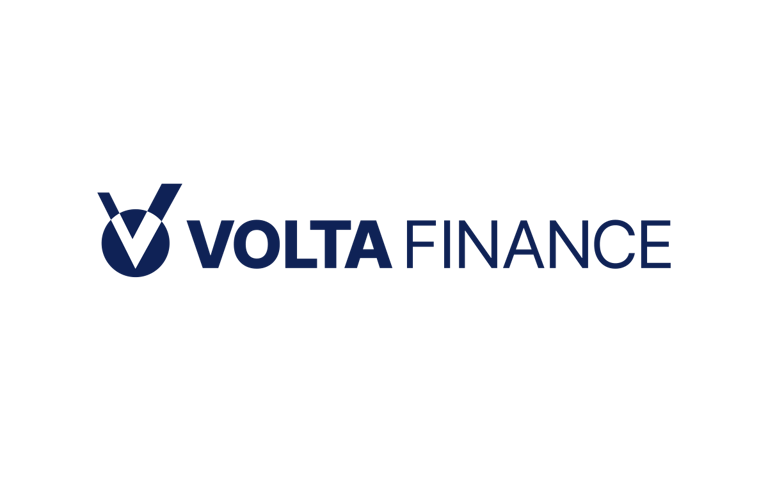Volta Finance plc (LON:VTA) is the topic of conversation when Hardman & Co’s Analyst Mark Thomas caught up with DirectorsTalk for an exclusive interview.
Q1: Your recent report sits behind a disclaimer. What can you tell us about that?
A1: It is just the standard disclaimer that many investment companies have. In essence, for regulatory reasons, there are some countries (like the US) where the report should not be read. In the UK, because CLOs are not a simple asset class, the report should be looked at only by professional/qualified investors.
Q2: You called your recent piece ‘Putting the discount into perspective’, what can you tell us about it?
A2: Volta Finance’s share price discount to NAV, 26%, is now back to the levels seen in the early stages of the pandemic. This appears anomalous with 6.3% total shareholder return in 1Q’24, the annualised cashflows in excess of 20%, the consensus outlook, as well as the structured debt finance and all investment company averages (11% and 6%, respectively).
As the latest monthly noted, the fund recorded a positive month again in April, up +1.3%, its 13th consecutive positive month. It brings the year-to-date return to +7.6%. For context, US High Yield returned -1.0% on the month and +0.5% year-to-date, while European High Yield was flat on the month, +1.6% year to date.
In our view, any discount reflects investor concerns that either the current NAV is unrealistic or that it cannot be achieved in the future. In this note, we examine what may drive such concerns, concluding they are more sentiment- than reality-driven; as such, they may be less likely to be sustained.
Q3: So, can you put the discount into perspective?
A3: To put the mid-twenties percentage discount into an absolute perspective, the annualised share price total return since inception was positive 8.0%; no month in the past year has seen a negative total return; and the annualised past six months’ cash received has been above 20%. Even in an extreme stress scenario, the manager is still expecting 9% IRR (base case 17%).
Taking a historical perspective, the discount is back to peak COVID-19 levels, despite the outlook being much better. Looking at their discount relative to other investment companies, it is above AIC debt sectors, despite the credit enhancement in CLO structures and AXA IM’s record of investing in below-average loss CLO managers.
Q4 So, you said a discount may reflect investors’ concerns that the current NAV is not realistic. Why do you believe it is?
A4: The fundadopts a mark-to-market approach. The NAV should be real unless the pricing sources are inaccurate, which appears unlikely. The MTM approach captures sentiment risk in the asset valuation. Importantly, AXCA IM’s experience is that its trades over several years have been very consistent with the pricing that could be expected from this source, giving great comfort in its realism.
There are three layers of checks and reviews to ensure the process is robust, at the CLO level, by the manager and additionally by the fund itself. In our view, the risk of yet-to-be-identified losses materially affecting the current NAV are low, and we detail the thinking behind this view in our note.
Q5: What about the sustainability of the NAV?
A5: We have written multiple times on the resilience of the portfolio, at the last count, nine times over the last six years. The key issues are that the CLO market has multiple risk enhancement features and AXA IM has a track record of investing with below-average risk CLO managers, sensitivity to rising rates is well managed and, as I said, the manager’s base case IRR is 17%.
Q6: What about the risk?
A6: CLO structures have multiple risk-enhancement features. Cash is retained in SPV/used to repay investment-grade debt if the level of collateral or interest cover falls below set levels. AXA IM’s, Volta Finance’s manager, skill in picking good managers was shown early in the pandemic, when ca.20% US CLOs saw cash diversion, and Volta had none.
There are multiple income, risk and concentration tests that maintain that an ongoing risk profile of SPV is within known parameters. There is less of a maturity mismatch, with interest and principal repayments from assets matching CLO liabilities. Assets are backed by good-quality security.
The end result is shown by the absence of any CLO investment-grade defaults between 2012 and 2021, and losses under the Fed stress-test scenario were just 1/35th the level of corporate loans.






































